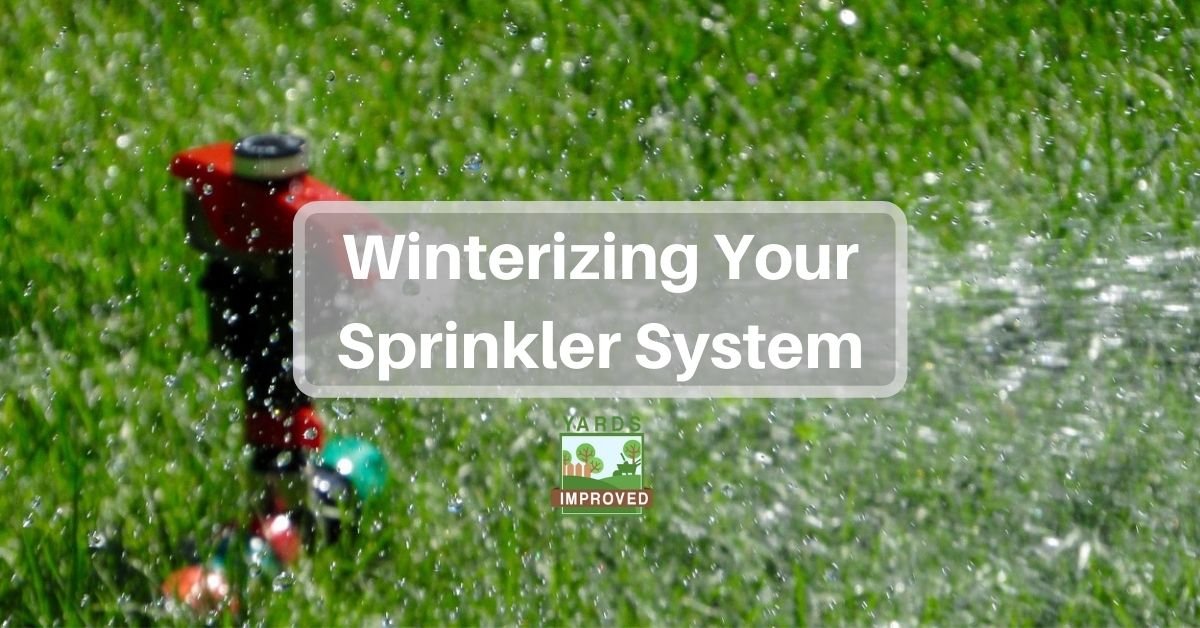Winterizing outdoor equipment is important especially when it comes to anything that carries or stores water. Your sprinkler or irrigation system is made up of a series of pipes, valves and components and is of great use to you during the growing season. You count on these systems to work properly when the time comes and that means making sure that all of the right steps are taken at the end of the growing season. Proper planning now means fewer time consuming, potentially expensive repairs later.
It May Depend on Your System
While the basic design of these systems can be similar, everyone has a different process for winterizing. It is important that you follow the steps that are laid out by the manufacturer of your system. If a lawn-care professional installed the system, they probably explained how to get it ready for winter. Your paperwork should also have this information so that you can follow it step by step and know that you are using the best and safest method for your system.
If you do not have this paperwork or installed the system yourself you may have to use either the manual drain or blowout option to properly winterize the sprinkler system. You probably know how to open all of the valves which will drain out the water that is already in the pipes from the last use. However, this will not be enough for the winter months. Remember: all water that is left in the pipes can collect in one area and then freeze. If there is enough water it could rupture a pipe. Water near the backflow valve could also cause damage to the components there.
Don’t have a lawn sprinkler system yet? Here’s how to install one yourself!
The Manual Drain Method
Use the manual drain method if:
- This is the one recommended by your system installer
- You have the time and patience to do it properly
- You know where all of the valves are and how to access them
With this method you will shut the water supply off first and then open the valves to allow the water to drain from the system. You will also be opening the backflow valve to allow the water to drain from there as well. After checking all of the valves and closing them as directed by the system your next step will be to pull up and drain each of the sprinkler heads themselves.
The Blow Out Method
Use the blow out method if:
- You are unsure of what type of system you have
- You know the safety precautions and can follow them
- You have the right equipment including protective eyewear
Caution: If you are unsure of how to use an air compressor tank or you are not sure of the ratings that are listed, do not attempt this procedure. Consult a lawn maintenance professional to do this task for you. Using the wrong amount of air pressure can cause severe damage to the system and can also cause bodily injury to yourself and others.
With this method you will be introducing compressed air into the sprinkler system working in small sections at a time. A valve in another section of the pipe must be open so that the pressurized air and water will have a way to escape during this process. You will continue doing this process until you have completed the entire pipeline.
When It Is Time To Hire A Pro
If you do not have the time or patience to do this task for yourself or you are lacking the equipment, it might be time to call in a pro. It will not only save you time and energy, but can save you money in the long run to have this job done right, the first time.










